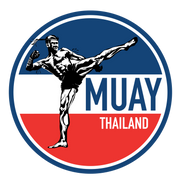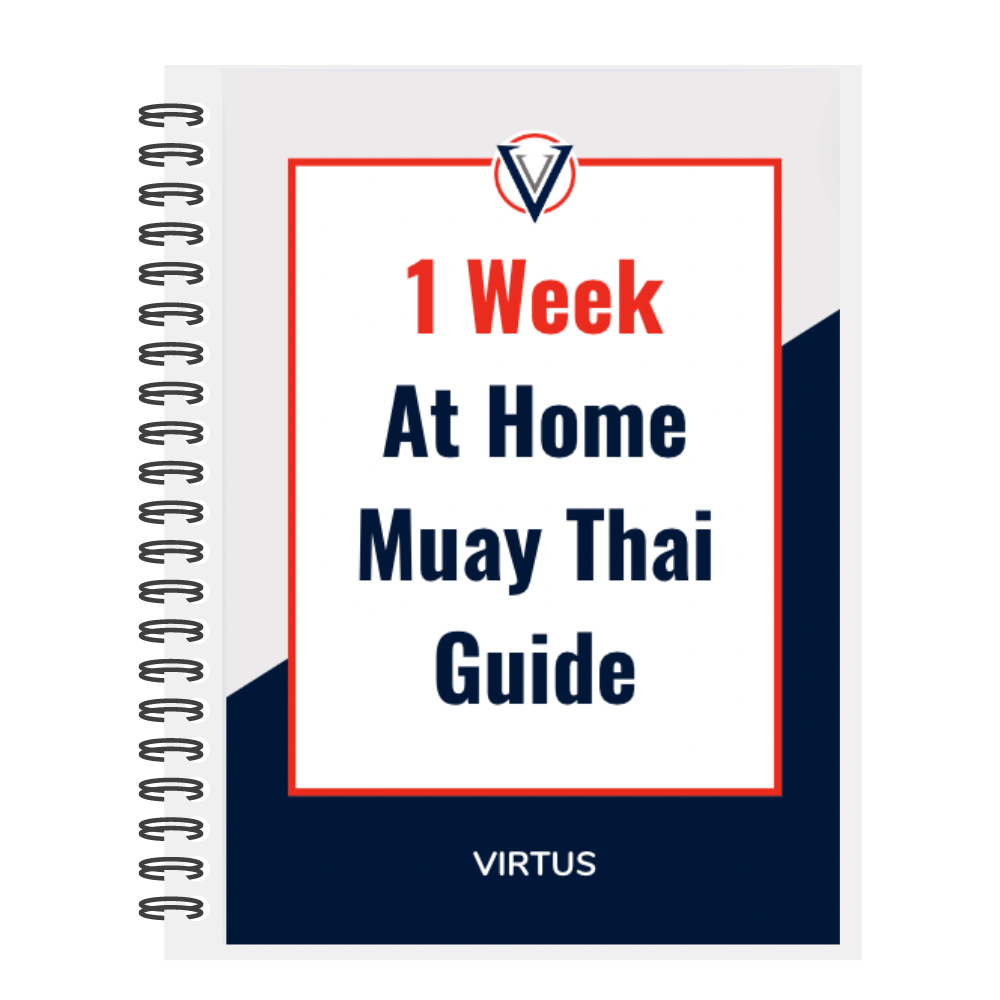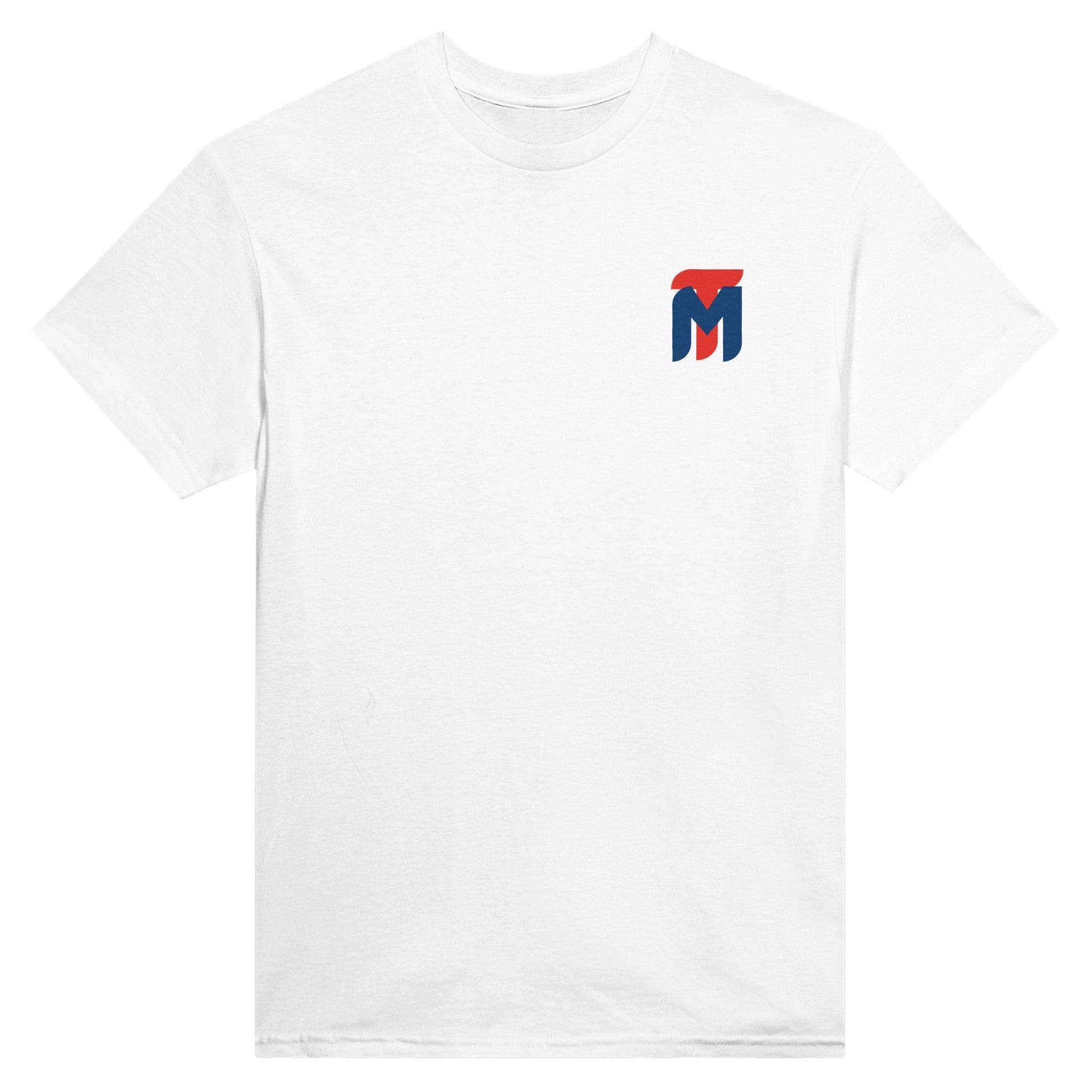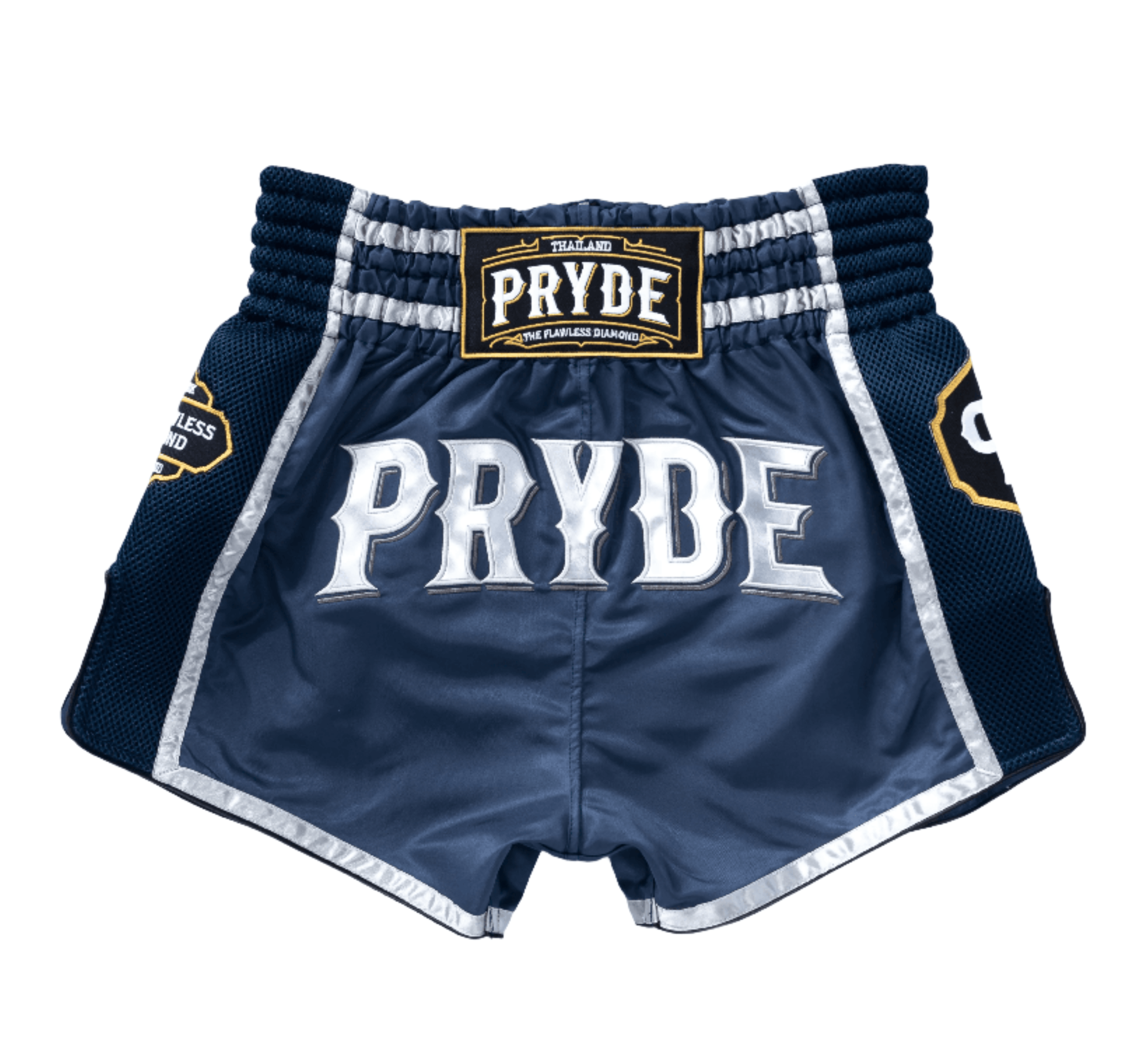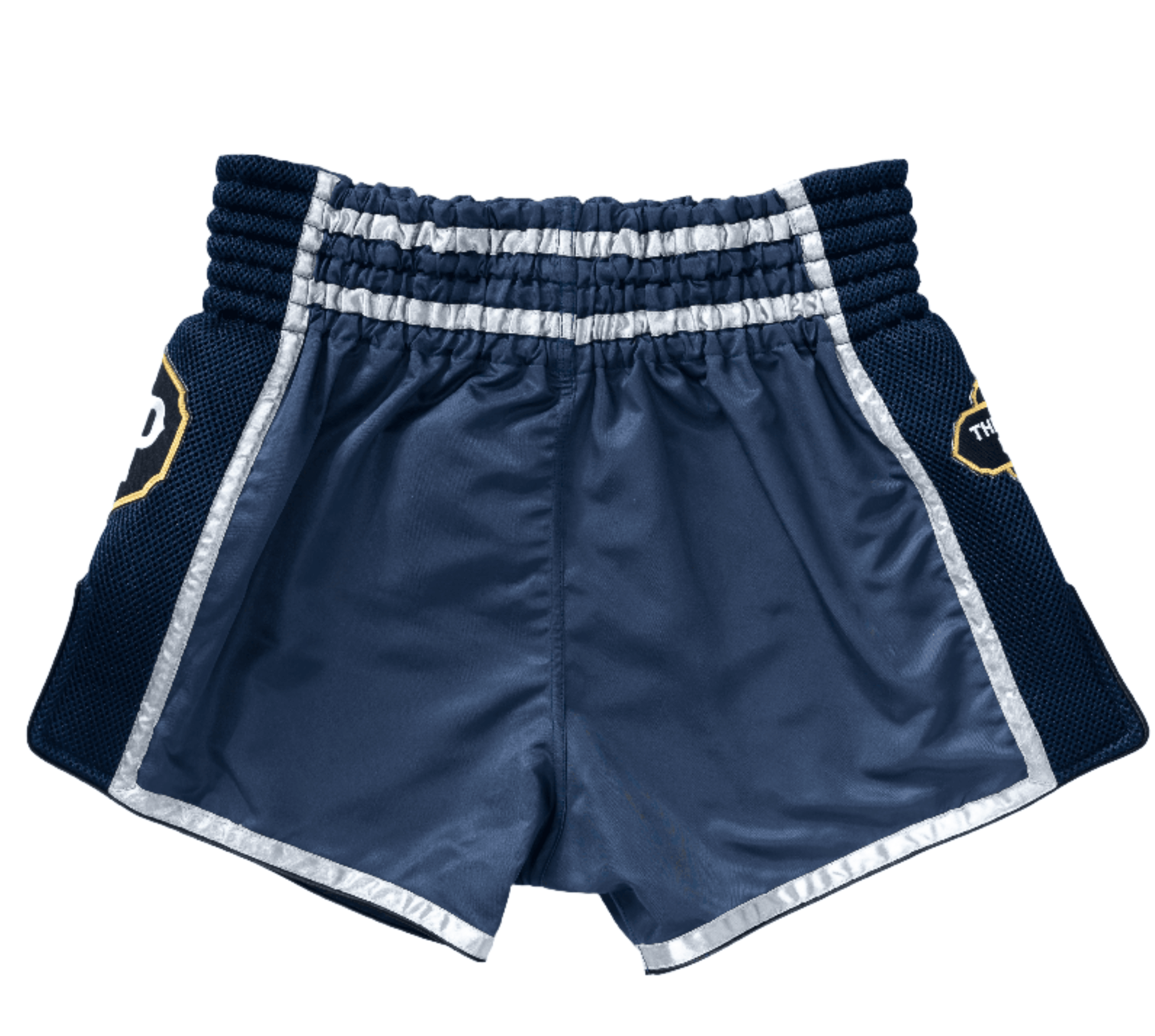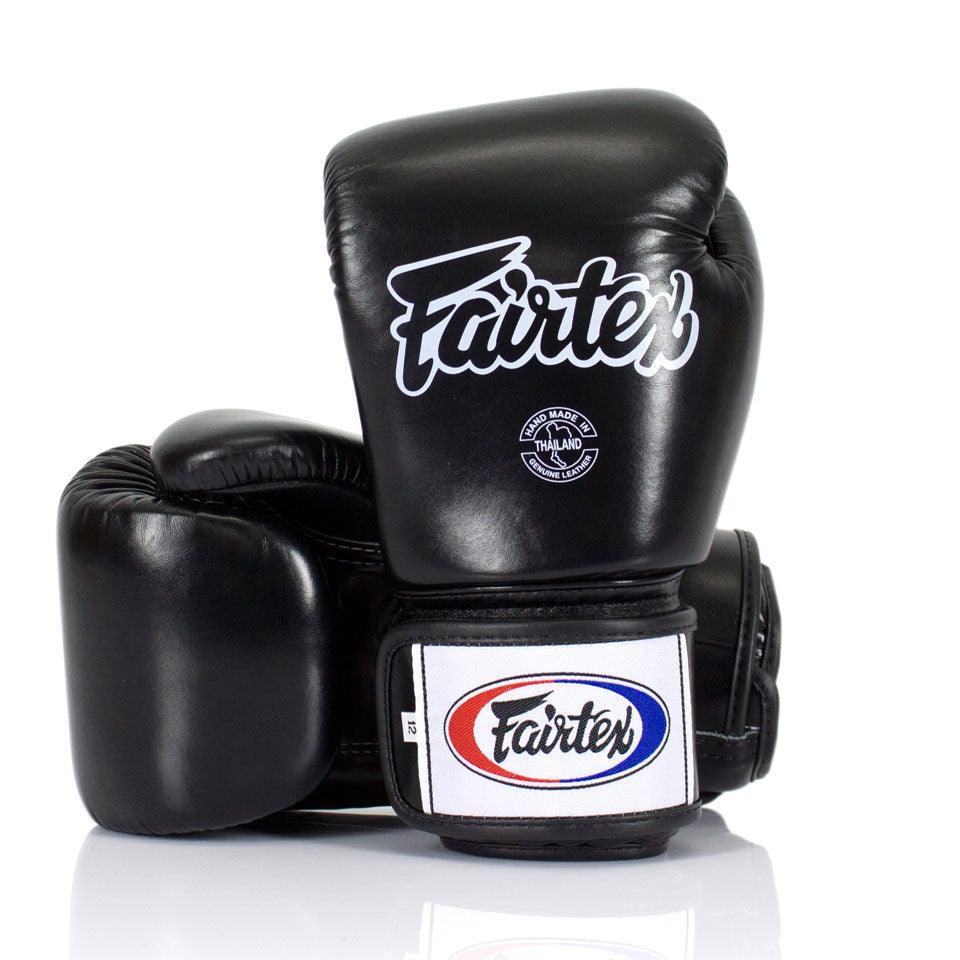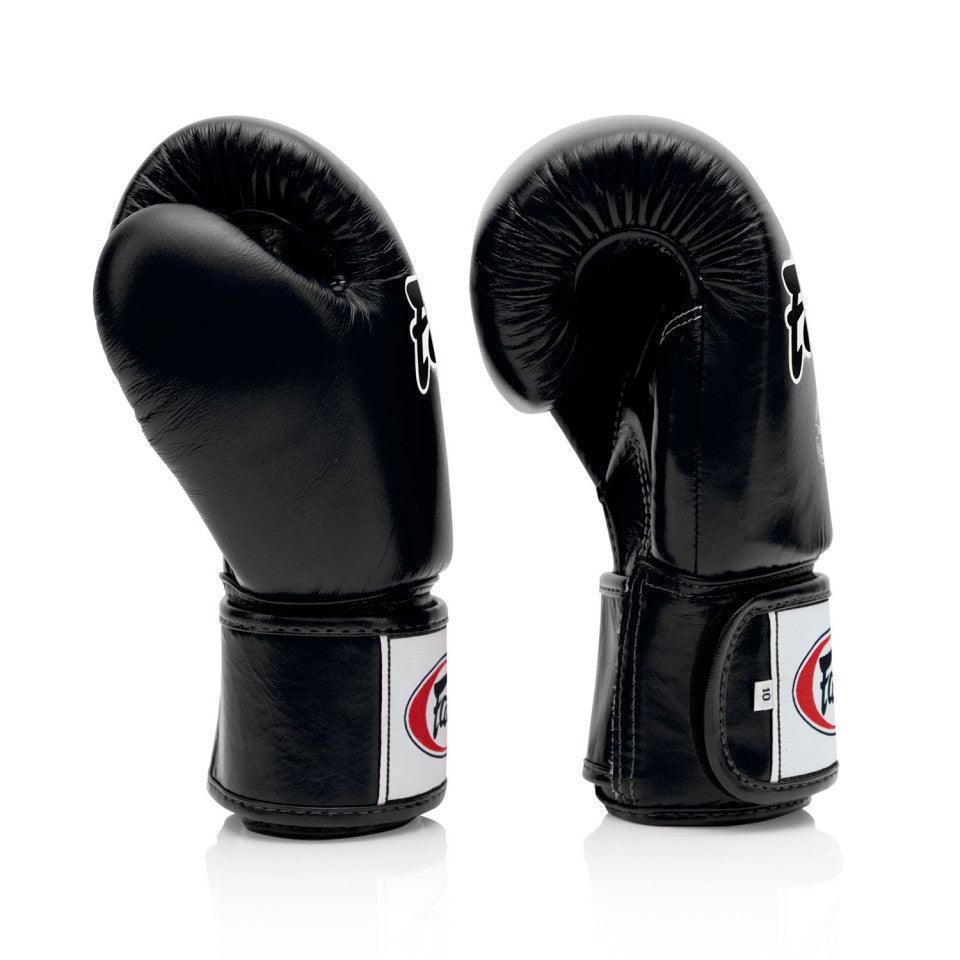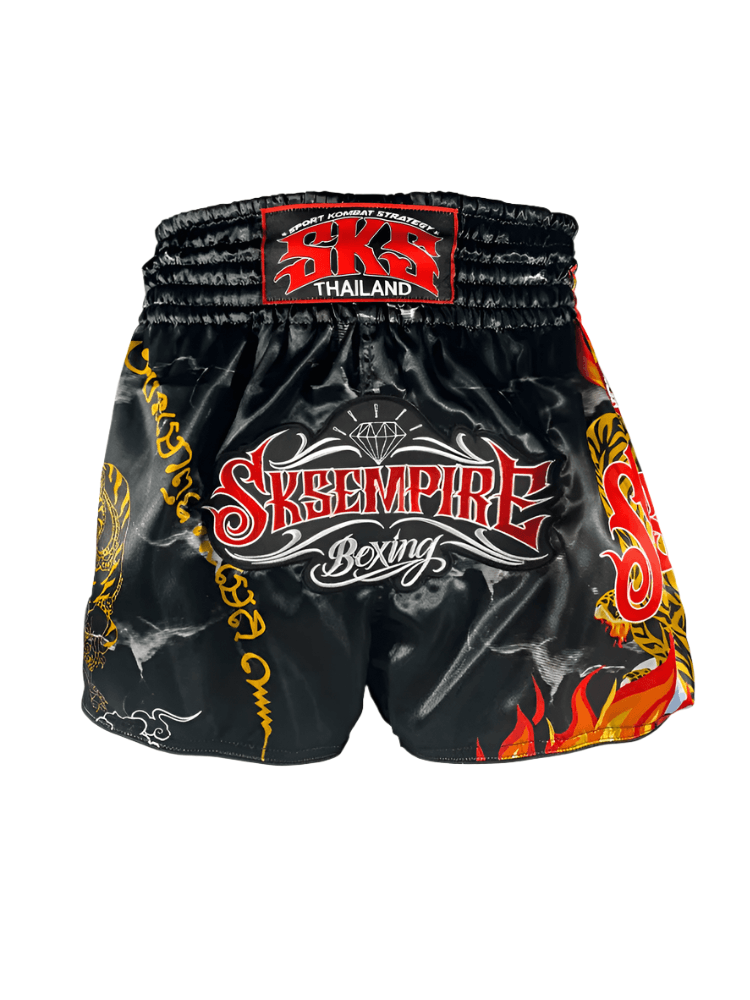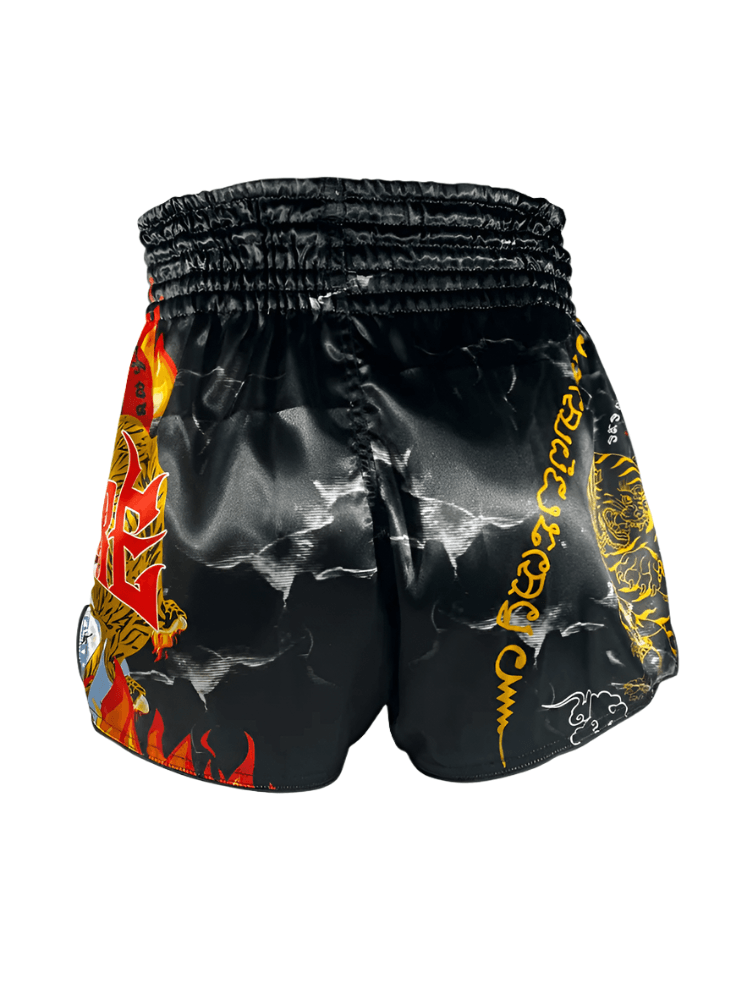Overview
Punching in Muay Thai is very similar to Boxing in terms of variety and mechanics - thanks to the significant influence Western Boxing had on punching in Muay Thai after the sport was introduced to the international stage. However, thanks to the additional weapons at our disposal in Muay Thai, including elbows and knees, there are notable differences in the range that punches are typically used, as well as the way they can be used as feints and set-ups for different types of strikes. Variations also arise from the differences in stance, footwork and guard between the two sports. Thai boxing incorporates a variety of punches, including jabs, crosses, hooks, and uppercuts, making it a versatile and dynamic striking sport.
In terms of mechanics, the different punches in Muay Thai incorporate turning the hips, shifting weight between feet and driving the shoulders. They are targeted at both the head and body. The various types of punches can be executed using the lead or rear hand and, as with Boxing, the lead hand is commonly used for quick, sharp, dazzling punches and the rear hand for powerful, knockout shots. Although, that's not to say lead arm punches can't knock opponents out, in fact, the lead hook in orthodox stance is perfect for delivering painful liver shots that can fold your opponent.
Straight Punches^
There are two types of straight punch - the jab (lead hand) and the cross (rear hand). Both should be thrown by driving the shoulder (rather than flicking from the elbow), turning over the fist (so the knuckles are the point of impact) while keeping the opposite hand tucked against the chin. Of the two, the jab is the quickest and more frequently used, while the cross is the more powerful with greater knockout power.
Jab
The jab is considered the easiest punch to execute and can be used both offensively and defensively, whether individually or as a set-up for combinations. Jabs are the closest weapon to an opponent and, while they don't need to be powerful, a strong, stiff jab can constantly disrupt an opponent's movement (which is ideal against aggressive fighters) and cause damage to the nose and face.
Cross
A cross is a power punch which often follows a jab and is commonly used to inflict damage and knockout opponents. A cross generates its power by shifting weight from the rear foot to the front foot,turning your hips into the punch and driving your shoulder forwards. A decent cross can strike fear into your opponents and make them wary of your power.
Hooks & Overhands^
Hooks and overhand punches are devastating strikes which can easily knockout opponents. They are often set up, rather than thrown individually but can also form powerful parts of a combination. Due to the way the wrist and arms are positioned in these strikes, it's important they are delivered correctly as to avoid injury - in particular, incorrectly thrown hook punches are a common cause of nagging, long-lasting injury to boxers.
Hooks
Hooks are punches that typically strike around the side of an opponent's face, on the chin, temple, behind the ear and to the ribs and liver when striking the body. They are effective at striking around your opponent's guard and are very powerful when properly executed - so they are often used as a potential knockout strike. They can be thrown at mid-range for power or, if the arm is outstretched as opposed to a right-angle, thrown more like a swing at long-range, targeting the side of an opponent.
Sean Fagan @ Muay Thai Guy
Overhands
A mix between a cross and a hook, overhand punches are thrown at an angle and, as the name suggest, looping over your head from the rear hand at your opponents face. The mechanics are similar to a hook with the addition an overhead head arch in the elbow. It's important to land with your knuckles, return the arm quickly and keep a tight guard with the opposite hand due to the distance of travel and the ease with which an overhand can throw you off balance. To avoid counters and build momentum, lean (or step) towards your outside. When thrown properly, overhands are highly powerful and have plenty of knockout power.
Uppercuts^
Uppercuts are devastating punches that can fold an opponent when thrown properly at either the chin or body (ideally the solar plexus or spleen). While they are most often thrown at close range on the inside, they can be thrown at mid range but they generate less power.
When learning uppercuts, people often "bowl" - dropping their hand below their hips and bringing it up in a long arch. This is easy to see coming and lacks the power of a short sharp uppercut which generates power by bending your knees, exploding through the legs, rotating your body and engaging the back muscles. It's important to keep your opposite hand on your chin as an uppercut can quickly be countered by a straight punch.
Sean Fagan @ Muay Thai Guy
Spinning Punches^
The spinning back fist, also known as the Mat Wiang Klap in Thai, is a powerful and popular punch used in Muay Thai and MMA. While it may not be as common in Muay Thai, it can be an effective strike when used as a follow-up to a missed kick. However, it can be difficult to master as it can throw you off balance or leave you open to counters.
To execute the spinning backfist, step forward with your opposite hand and pivot your foot at a 45-degree angle in the direction you want to rotate. Keep your head turned and your eyes on your target to maintain balance. As you rotate your body, extend your arm with the knuckles or back of your fist leading the strike. Keep your opposite hand on your chin for protection. The movement should be fluid and continuous, similar to other spinning attacks like kicks and elbows.
Superman Punch^
The Superman Punch (also known as Falcon punch) is a jumping punch highly effective for closing the distance quickly. The striking hand can be either the rear or lead hand (less common) and you should kick back to generate momentum with the leg on the same side as your striking hand. Thanks to the mechanics and momentum behind it, this strike can be crisp and powerful.
Keeping one hand on your chin, lift the leg on the side you'll strike with and hop forward with your other leg. Simultaneously, kick back with the raised leg while driving the punch forward, stretching yourself out like Superman does when flying.
The Cobra Punch is almost identical to the Superman Punch but only one leg leaves the floor and there is no lunging motion.
Boxing Combinations^
Combinations consisting of just punches are usually short in Muay Thai. As punches don't score as highly as kicks or knees, Muay Thai combinations generally start with punches to set up other types of strikes. Nonetheless, that's not to say boxing combinations aren't effective. In fact, accurate & powerful boxing can easily knockout or TKO opponents.
Training Methods for Muay Thai Punches
To enhance your Muay Thai punches, focus on perfecting technique through shadow boxing and heavy bag work. Develop timing and accuracy by practicing on a variety of targets and working various drill-work and sparring. Incorporate strength training for powerful strikes and muscle memory. Sparring with different partners help you work angles and it can be especially useful if you just box spar from time to time. Remember, consistent training is key to mastering the art of Muay Thai punches.
How does the technique of punching in Muay Thai differ from other martial arts?
Punching in Muay Thai incorporates the entire body, involving hips and legs for power. Unlike some other martial arts that focus solely on arm strength or speed, Muay Thai punches are designed to generate maximum force by utilizing the entire kinetic chain, resulting in powerful strikes.
